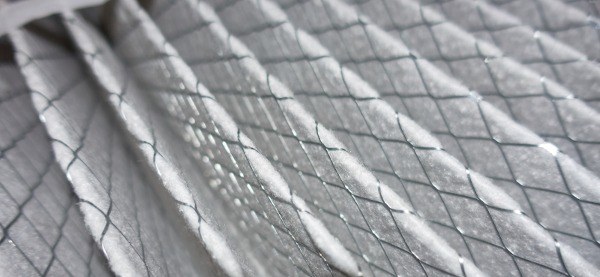
Indoor Air Quality
Learn how to reduce illness and allergies and maintain a comfortably breathable home through indoor air quality
Air Purifiers and Indoor Air Quality
Class 2 of 7

Class 2 of 7
Can HVAC Protect From Coronavirus and Other Illnesses
Class 3 of 7

Class 3 of 7
How, Why and When to Change Your Furnace Filter
Class 4 of 7

Class 4 of 7
Dirty Sock Syndrome: Causes & Solutions
Class 5 of 7

Class 5 of 7
N95 Masks, HEPA Filters & COVID
Class 6 of 7

Class 6 of 7
Carbon Monoxide in Your Home: Risks & Prevention
Class 7 of 7

Class 7 of 7
The air your breath affects your comfort, health and happiness. The same goes for your family and loved ones. Good HVAC services includes keeping your air clean and healthy. This learning track discusses the many ways we do that for our customers.




























